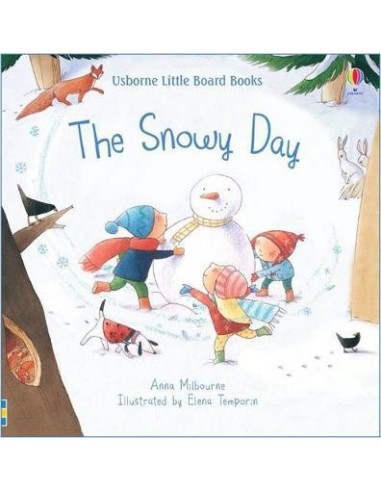


“As a tentative Peter stepped out into his first snowfall, confronting the relentless whiteness of his urban environment, his journey served as a metaphor of Keats’s own imperative to introduce blackness into a cultural milieu that saw little reason to include it.” (Oct. Collier, whose book Uptown won the first Ezra Jack Keats award, still remembers his mother, a Head Start teacher, bringing home The Snowy Day. Nahson, curator at the Jewish Museum, writes that The Snowy Day reflected Keats’s interest in “rendering visible what has hitherto been invisible to his audience, be that an inner-city child, a message graffitied on a wall, or a dilapidated building.” Her essay joins one from historian/art critic Maurice Berger that makes abundantly clear the book’s societal importance. exhibition devoted to his work, which opens at New York City’s Jewish Museum in September.

The story was published during the Civil Rights Movement era by an author of Jewish heritage. Keats’s Caldecott-winning story about a boy’s wintertime exploration of his neighborhood turns 50 in 2012 this fascinating examination of Keats and his oeuvre, complete with 80 full-color reproductions, coincides with the first major U.S. is one of the pioneer writings among stories for children that depicted an African American child as the main central character.


 0 kommentar(er)
0 kommentar(er)
